Prasoon Kumar Brings Big Ambition to the Immense Global Problem of Housing Affordability
Ten years ago, Prasoon Kumar left his corporate architecture and urban planning career to tackle an often-discussed but never-resolved problem: homelessness. He co-founded BillionBricks in 2013 and transformed it into a for-profit climate tech venture in 2020. He is now innovating in the area of sustainable affordable housing with the ethos of never designing poorly for the poor.
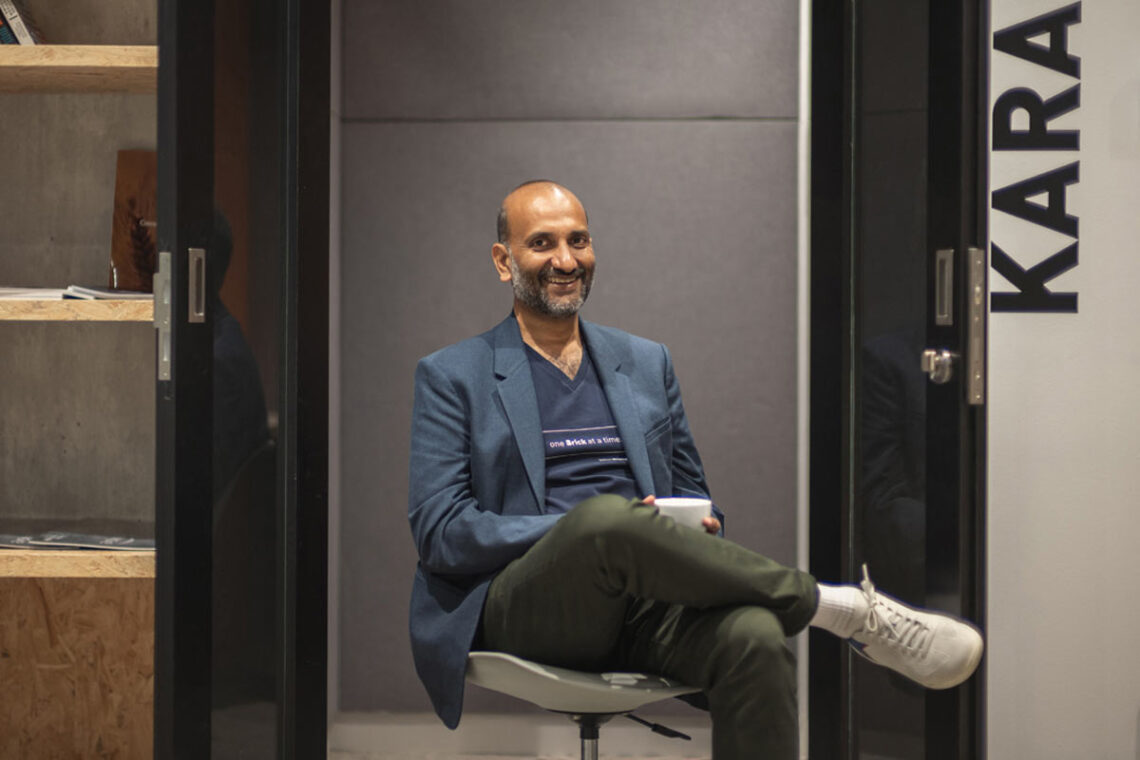
Article by Narelle Yabuka.
When the scale of a problem seems insurmountable, it takes courage and determination to surpass the inevitable inertia and pursue tangible solutions. Despite the odds they face, there are rare individuals who do not have ‘inertia’ in their lexicon. Prasoon Kumar is one of them.
After training in architecture and urban planning in India and the US, Kumar embarked on the commonly experienced career path of working in commercial architecture, planning, and design firms. In India and the US, then Hong Kong and Singapore, he designed transport facilities, resorts, and urban centres destined to be filled with commercial and residential towers, hospitals, shopping malls, and hotels.
A decade passed before his tightly held concern about the magnitude of the global problem of homelessness and housing affordability – which he observed firsthand growing up in India – jolted him onto another path. According to United Nations data from 2020, 1.6 billion people around the world live in inadequate housing conditions. While the problem has been recognised for years, mainstream design practice, felt Kumar, was precipitating discourse but failing to implement meaningful ways to resolve it at scale.
“I would speak a lot in conferences about the right thing to do. What is the designer’s contribution? The architect’s contribution? Housing is a subject that a lot of architects and urban planners believe in and talk about,” he says. “But at some point, I became tired of speaking about what to do,” he reflects.
He turned his attention to the application of ideas, keen to determine exactly what he could achieve. Kumar quit his job and established BillionBricks with venture capitalist Anurag Srivastava in Singapore in 2013 as non-profit foundation. Their mission? It was not just to help address the global housing crisis, but to solve it in completely new ways.

Many of the problems that we face in the world are too large. At the individual level, it’s very difficult to solve them. What’s more important is the human spirit to question them and be genuine in how we want to make a difference.
— Prasoon Kumar
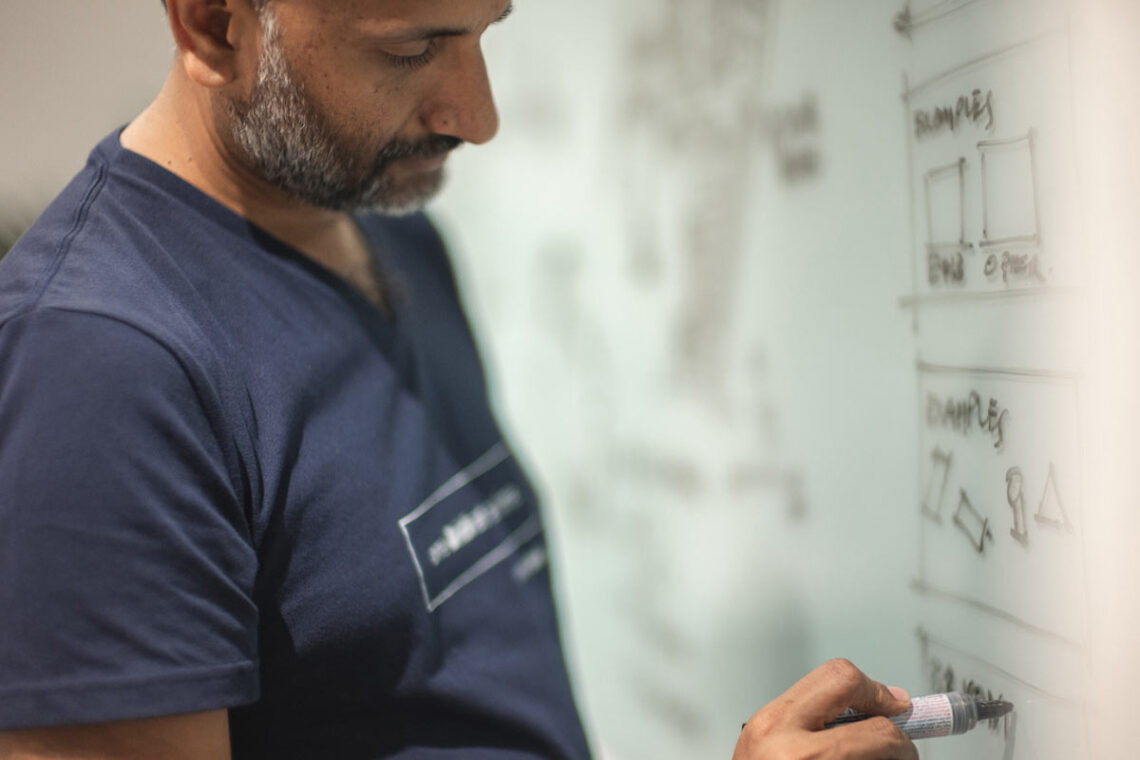
Responding to needs
In its first five years, Kumar reports, BillionBricks provided shelters, schools, and homes to 5,365 people in nine countries and provided relief support to another 10,000 people. One of its first projects involved building 60 homes as part of the Smile Village – a housing project by STEP (Solutions to End Poverty) in Cambodia. Kumar was intent, however, on exploring solutions on his own terms.
By 2016, BillionBricks had designed and launched an emergency shelter aptly named weatherHYDE – a lightweight, anchorless, and triple-layer tent that helps vulnerable people shield from extreme cold and heat. Its development was prompted by the 2013 Muzaffarnagar riots in India, as a result of which, displaced children lost their lives not due to violence but hypothermia.
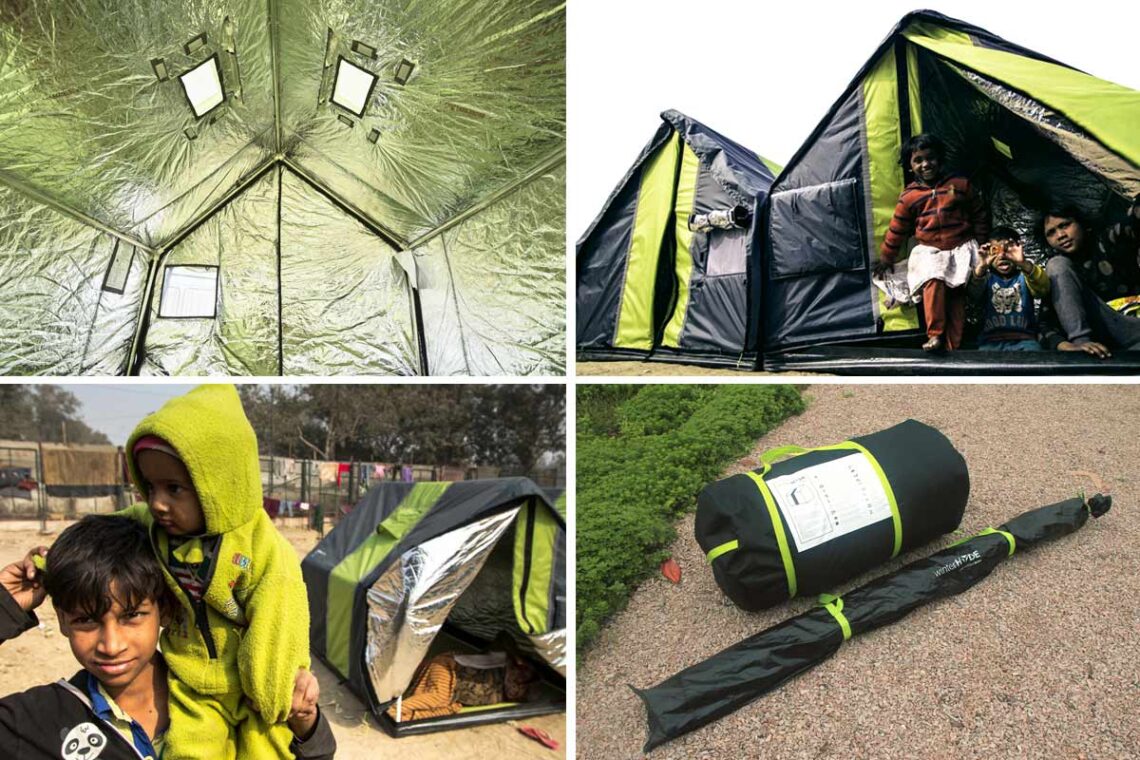
The mantra of BillionBricks is to never design poorly for the poor – to think of the users of its designs as customers with expectations of quality rather than simply as beneficiaries who are simply catered to with the most basic solution. weatherHYDE fulfils that vision with deeply considered elements.
For example, it is reversible, allowing its reflective skin to capture body heat inside the tent during winter and reflect sunlight off the tent in summer; it is thick, which blocks light in consideration of privacy concerns – particularly for women; and it has a sturdy frame, which can be filled with sand or water to weight the structure, making it anchorless and therefore suitable for urban conditions.
BillionBricks has distributed weatherHYDE around the world, and while the bulk of orders have been fulfilled to India, the second-largest market has been North America. There, and elsewhere, weatherHYDE has been purchased both in bulk by sponsors and in singular quantities by individuals experiencing homelessness – and even by customers wishing to use it recreationally for camping. The product and the vision behind it were recognised with a President*s Design Award (P*DA) ‘Design of the Year’ accolade in 2018.
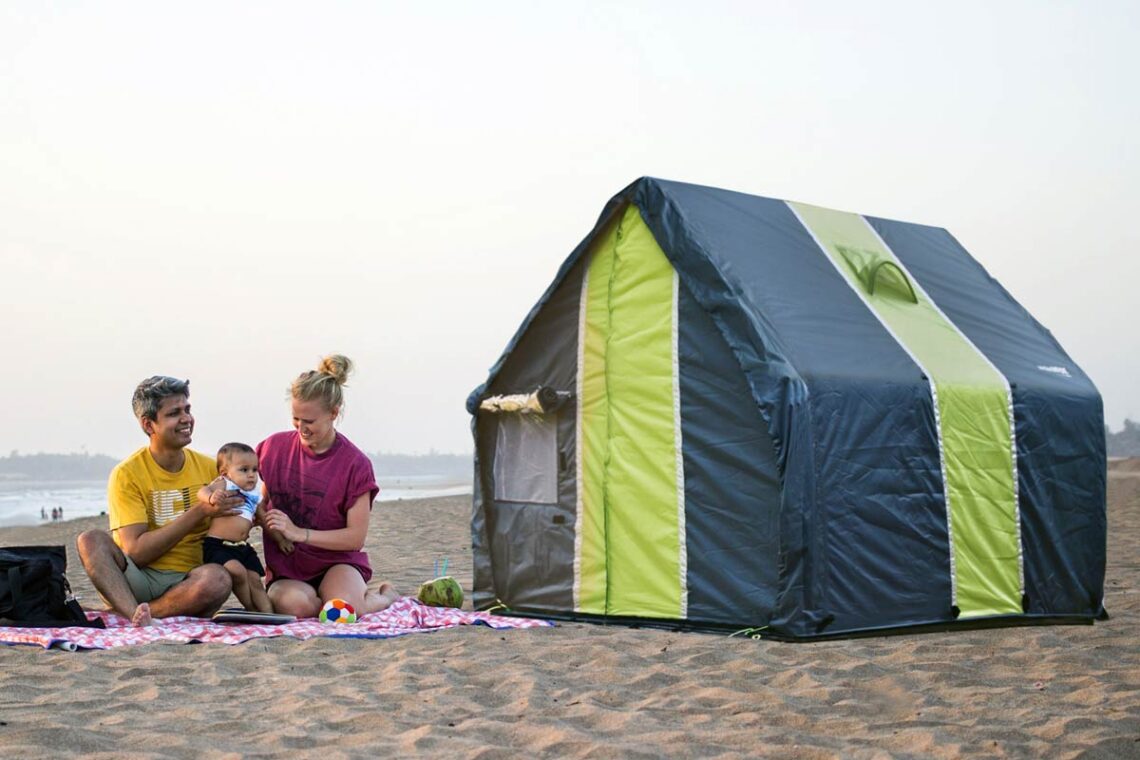
A second P*DA came BillionBricks’ way in 2020, not for a shelter or home, but for a prototype school. Social enterprise Etania Schools invited BillionBricks to create the Etania Green School in Sabah, Malaysia, which now provides formal education to the stateless children of migrant workers. The project was recognised with the P*DA ‘Design of the Year’ accolade for its positive impact on a marginalised group.
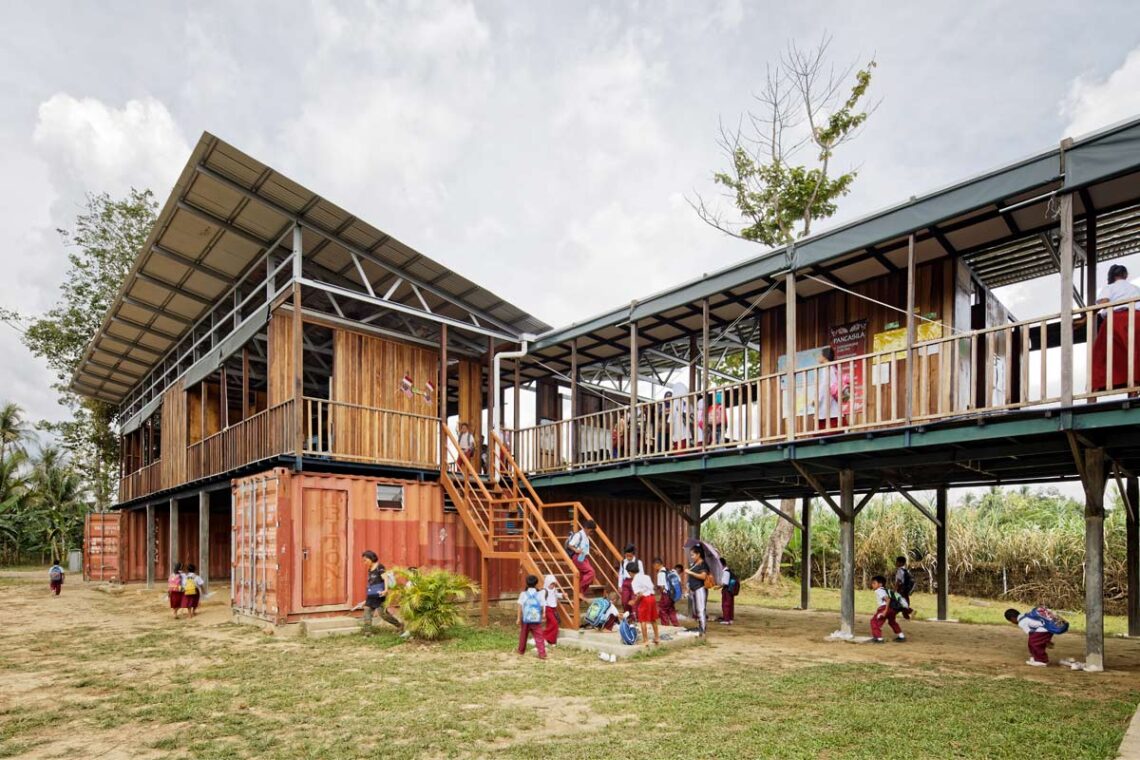
Alongside the P*DAs, BillionBricks received numerous other awards and recognitions, but Kumar viewed the accolades with a self-effacing lens. “The fact is that in our first five years, all we did was help 15,365 people. That gives us an average of about 3,000 people a year,” he says. “That’s not even close to the problem we had taken upon ourselves to solve,” he adds – that being to end homelessness entirely.
Redesigning the financial equation
Clearly, his ambition demanded an operational shift in gears. In 2019, BillionBricks built a prototype net-zero home that helped Kumar cement his thinking about how to model his approach to affordable housing. The single-family home in a village three hours out of Aurangabad, Maharashtra, India contained an important deviation from the norm: a large roof fitted with solar panels that can produce enough electricity to both power the home and leave excess – which can become a source of income when sold to local utilities, or industrial and commercial entities.
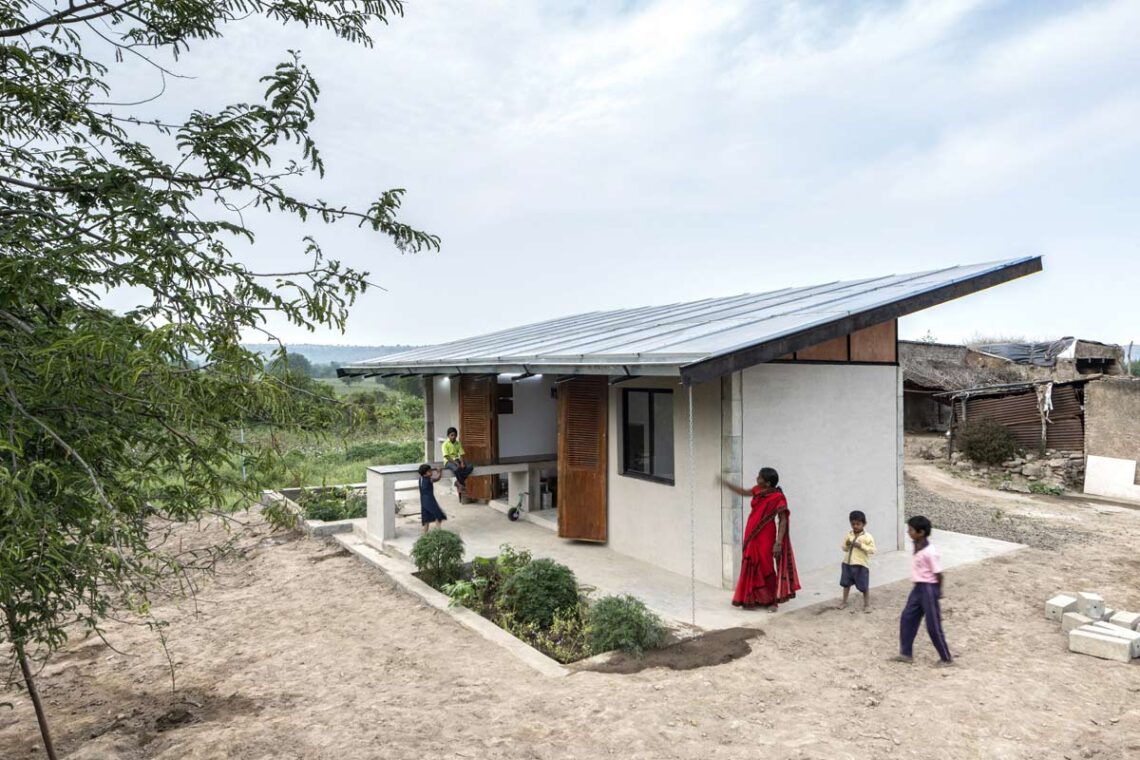
“The breakthrough was when I learned that solar farms could recover the investment put into them within seven years, but the lifespan of solar panels is about 25 years. Home financing typically has a repayment period of 20-to-30 years. I could see a way for homeowners to not only pay off their mortgage faster, but also benefit from years of extra income. That was the basis for my first financial models,” he explains.
The home also incorporates other strategies to minimise financial burden on the homeowner and reduce establishment costs: it harvests rainwater, incorporates a sewerage treatment system, and encourages food production with planters. Kumar’s financial model involves buyers receiving a combination of free electricity and a monthly cashback payment of 20% of the mortgage value from BillionBricks, funded by the sale of the rooftop-generated electricity over 25 years. “We sell the house and the energy,” he explains.
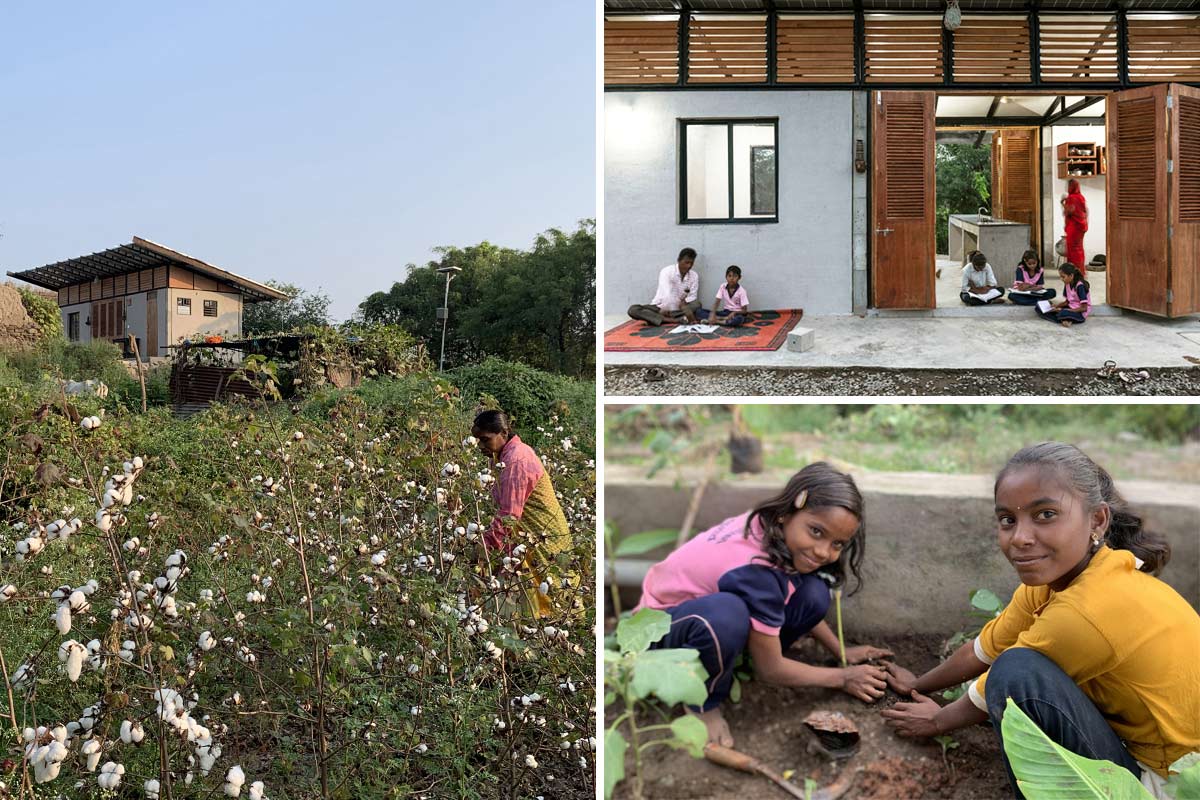
The cost of building a BillionBricks Home, says Kumar, is around US $25,000 excluding the cost of land. “This is very high for affordable housing,” he says. “A key difference from the lower-cost offerings of most NGOs and charities,” he explains, “is that the BillionBricks Home can recover more than 100% of its cost in energy revenue – about US $26,000 over 25 years.”
This was a game changer and allowed Kumar to grapple with a truth that he probably always knew – that affordable housing is first a financing problem, and second a design problem. “You and I can afford a house because a bank gives us financing, but banks don’t trust poor people,” he says. Changing gear from providing a charity to offering a modest revenue-generating product for sale altered the empowerment equation too, although it came with a shift in target group. The solar-power function also gave Kumar another (and more attractive) basis on which to court investment: climate tech.

Whereas we had been working with people whose incomes were around US $60 to $100 per month, we are now looking at the vicinity of US $400 per month.
— Prasoon Kumar
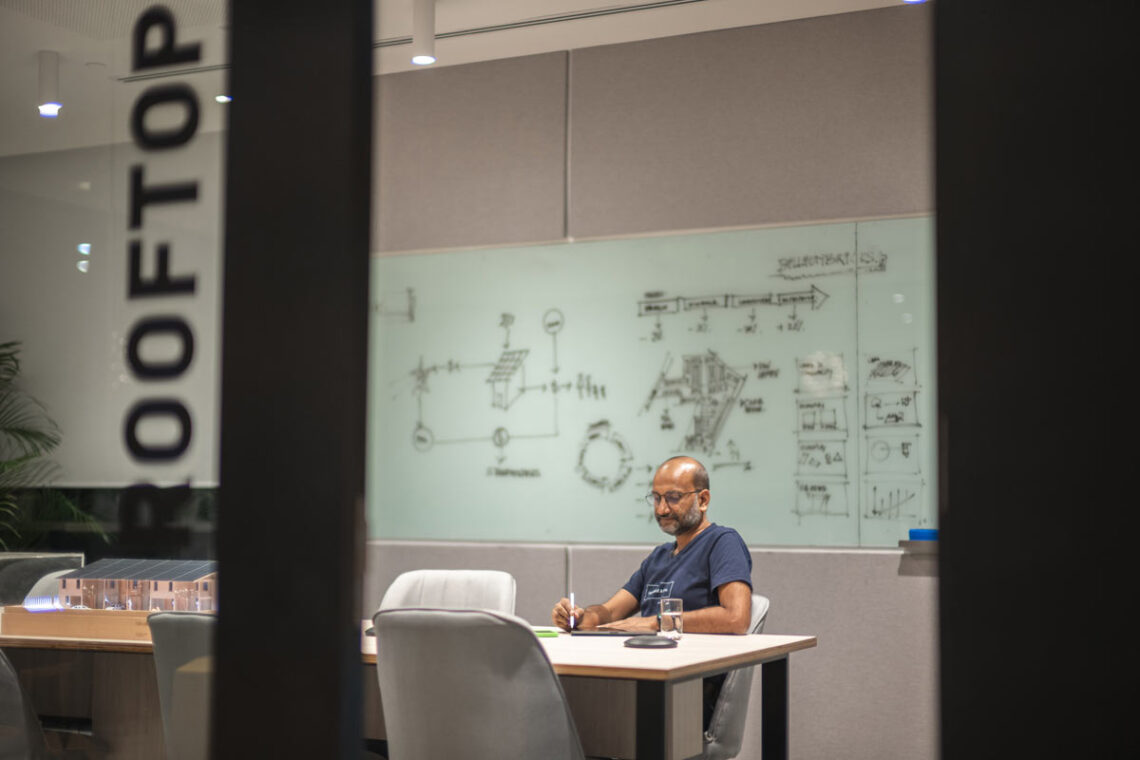
BillionBricks was relaunched as a for-profit venture in 2020, with the aim of offering affordable housing as a mass-market product. “Affordable housing should be driven by the same principles that drive 99% of generic real estate construction: the cost to produce, the price point at which it’s sold, what the customer wants, and speed,” says Kumar. “Speed is really crucial. That efficiency will really work towards solving the problem,” he adds.
When conceived with such driving considerations, the homes invariably become more standardised, and prefabricated components (such as columns and blocks, solar and roofing panels, beams, rafters, and batteries) are a considerable part of the BillionBricks repertoire. Kumar envisions that locally sourced materials and components (such as windows, doors, and louvres) will help adapt the standardised design to various climatic conditions.
“It is only possible to achieve a high-quality product at an affordable price if we operate in very large markets,” says Kumar. So, after constructing another two prototypes, this time in the Philippines, BillionBricks is currently preparing to sell its first homes there with financial backing from French energy company ENGIE, Singapore stock exchange-listed investment company Thakral Corporation, and several angel investors.
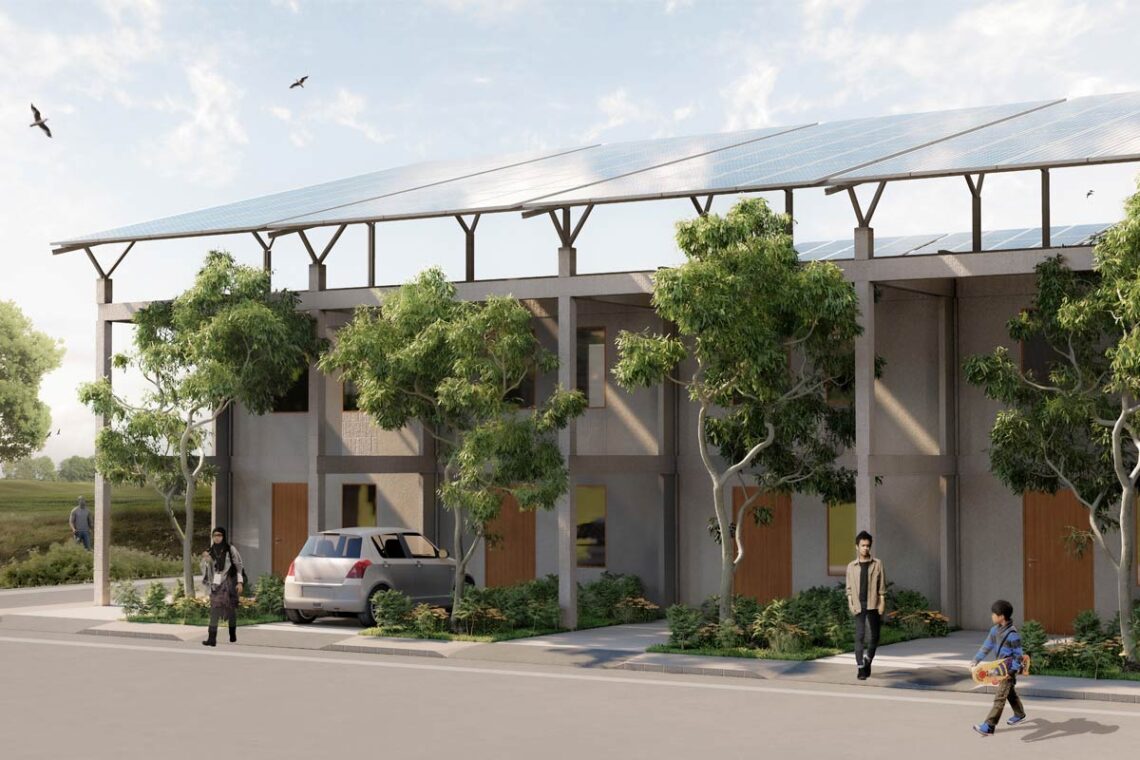
Kumar’s target is to produce 1,000 homes in the Philippines in this first community development, and then ramp up to 5,000 homes per year within five years. A second BillionBricks office has been established in Metropolitan Manila to support the project and the future vision. Revenue will be distributed in four areas: to the real estate investors, energy financiers, homeowers (via the mortgage cashback), and BillionBricks (which provides the house, services, and technologies).

The BillionBricks mission has always been to build a product and solution that is agnostic of location – something that’s replicable across the world. Replicability and scalability are always at the back of our minds when we design.
— Prasoon Kumar
To better understand the Philippines market, Kumar used the pandemic downtime to participate in the DesignSingapore Council’s (Dsg’s) former initiative for business titled Frame and Scope, which focused on roadmapping business improvement using design thinking. With the consultation of brand agency Tangible, he researched the Filipino market and developed a go-to-market strategy. “Even now, when we are looking to start selling in that market, we keep referring back to the report from Frame and Scope,” he says.
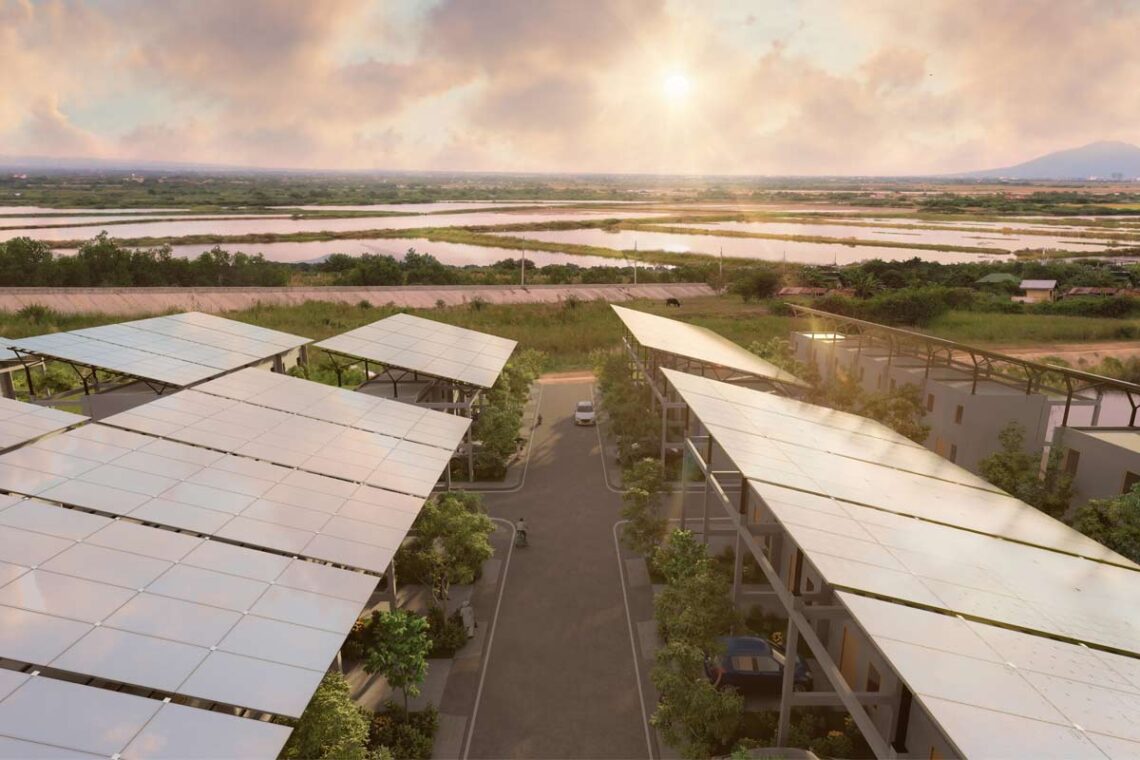
Kumar’s vision is to work with partners who would be able to provide free access to online education or other services (such as health, social, and entertainment services) via the digital network that is provided as part of a BillionBricks community. The bigger goal on Kumar’s mind is to bring people out of poverty. “In a single generation, can we help people leapfrog into the lower-middle class?” he ponders. While the 20% mortgage cashback will help in this regard, it is the potential of the digital access that he is most excited about.
Kumar’s vision is astounding in its breadth and scale – ambitious in terms of outcomes for both people and planet, and never tried before. It also makes a great deal of sense. We will watch the development of the Philippines community with interest.

Inclusivity is a buzzword that designers like to speak about … but we tend to overlook the fact that most of the products and services we create are being used by very few of us.
— Prasoon Kumar
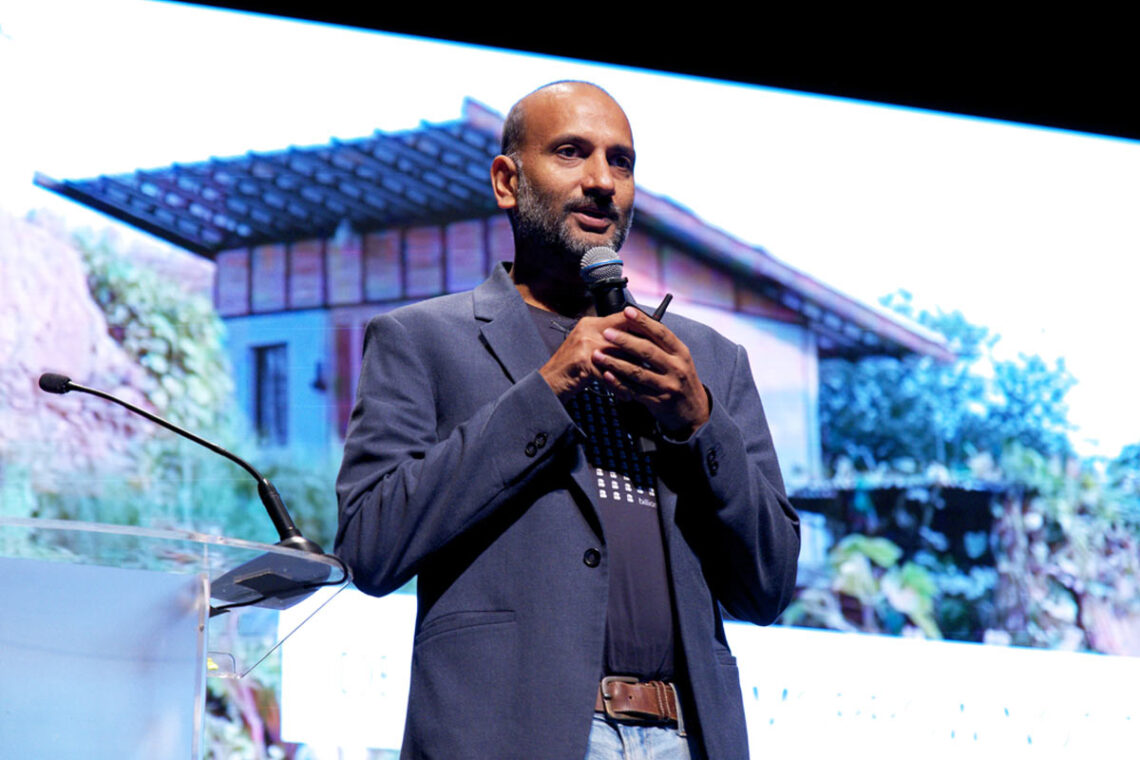
Watch for the release of segment videos from the Design Futures Forum 2023 at sdw.sg.
Read our unfolding series of stories on creative discovery and making life in Singapore ‘Better by Design’.






